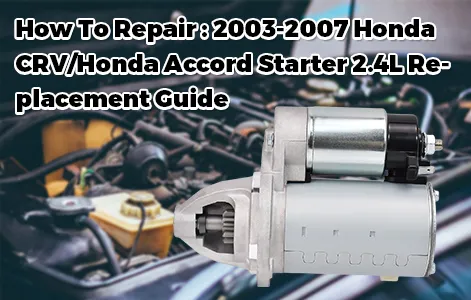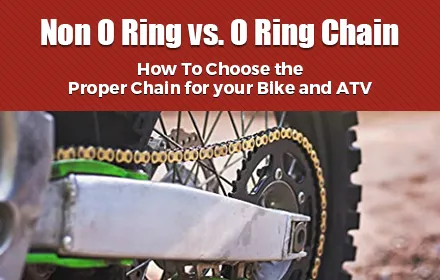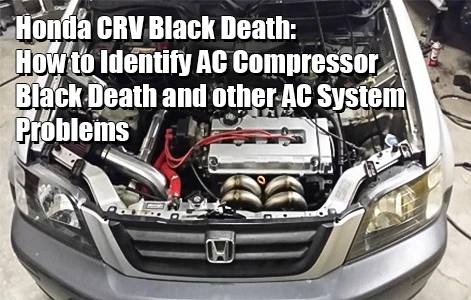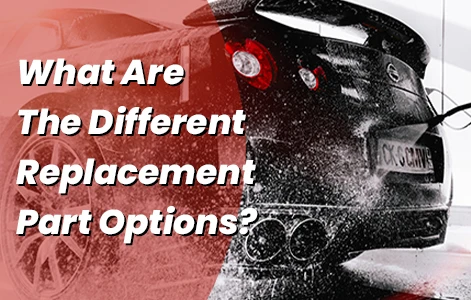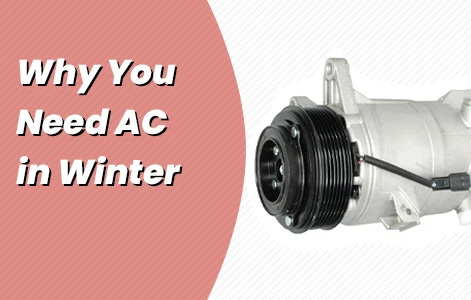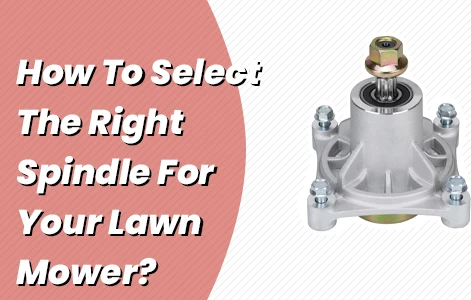Knowing your correct tire size is an essential part of owning a motorcycle and staying safe on the road. Today, we will introduce you the different types of motorcycle tires and how to read tire size.
Different Types of Motorcycle Tires
Hypersport tires
These are the leading motorcycle tires for riding at high speeds on paved roads, split between radial construction with a ZR speed rating
Touring tires
Offering the broadest range of uses, they are also tailored for high speeds but are not the best to match with sports riding. Great for a range of road surfaces, they offer riding comfort and suitability for various weather conditions.
Cruiser and chopper tires
Created for a long continuous running time, these tires have a good grip on turns and are suited to a heavy bike. Designed as reinforced tires, they have a high load index and are capable of stable and safe driving.
Dual Sport tires
Designed for all-terrain driving, these tires have very strong construction and are suited to driving on loose surfaces, tight corners, and turns taken at high speed.
Off-road and Motocross Tires
Motocross tires are very knobby, and provide exceptional traction in soft terrain. The tread also wraps around the sides, jutting out at an angle to the central knobs. This maintains grip while leaning into a sharply-angled berm. For soft terrain, choose a tire with tall and spaced-out knobs. The high tread will act as a scoop, and the spacing will prevent mud and dirt from getting stuck. For riding on hard terrain, choose a tire with low and tightly-clustered knobs. This will increase surface area and - subsequently - grip.
Check Your Tires
Riding on worn-out tires is dangerous. Tires should last around five years but can wear out much faster than that based on your riding style, speed, load, pressures, and suspension.
Here are four things to look out for the next time you conduct a tire inspection that will let you know its time to replace your tires:
Wear
Motorcycle tire wear because of high or low tyre pressure or tyre cupping that may indicate loose suspension parts, unbalanced tires, or worn shock absorbers.
Insufficient Tread Depth
Tires with worn-out treads offer no grip or traction, heightening the risk of losing control of your motorcycle.
Punctures or Sidewall Bubbles
Punctured tires, cuts or sidewall bubbles are signs of physical damage on tires, meaning you need to replace the tyre as soon as possible.
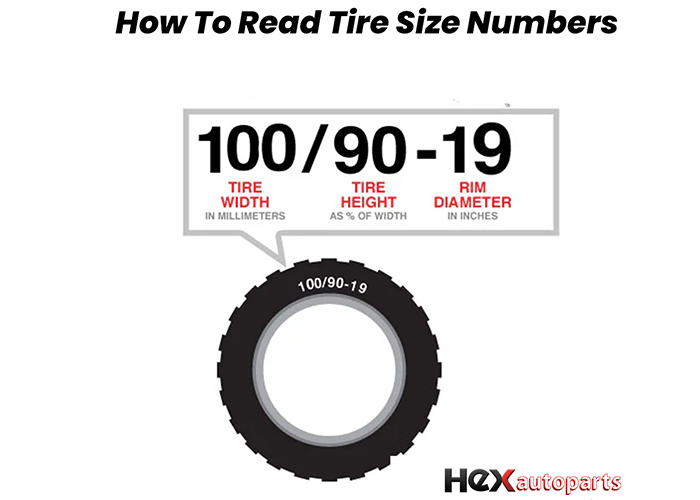
Choosing The Size of Your Tires
By checking your current tires, you also can know the tire size you need, because the important information about a motorcycle tire is written on the tire sidewall by law. A typical harley davidson front tire size is 100 90 x 19, a common harley davidson rear tire is 130 90 x 16.
Here are the primary information to consider for sizing:
-Tire Width
Tire width always refers to the measurement in millimetres from one sidewall to another. So that typical 100/90 19 front tire is 100mm wide while 130 90 x 16 rear motorcycle tireis 130mm wide.
-Aspect Ratio
Aspect ratios are delivered in percentages. Tire makers calculate the aspect ratio by dividing a tire’s height off the rim by its width. If a tire has an aspect ratio of 90, it means the tire’s height is 90% of its width.
-Rim Diameter
Rim Diameter is the width (in inches) from top to bottom of the wheel, which can be found on the side of your tire. 130 90 16 tire means it fit onto a 16 inch rim while 100 90 19 tire fits onto a 19 inch rim.
-Speed Rating
A tire’s speed rating indicates the optimal speed that the tire can safely maintain over time. In short, it’s the fastest speed a tire can handle before it no longer performs as designed. The higher the speed rating, the better control and handling you’ll have at higher speeds.
What is the difference between tube and tubeless tires?
Simply put, a single layer of material on the inside of the tire’s carcass.
All the materials used in a tire are about performance –a balance of grip, flexibility and durability. It may surprise you to hear that the ideal mix of rubber is actually porous, so will slowly leak air. In the past, this was overcome by fitting a tube with a completely different rubber mix that would contain the air much better and have little effect on the overall performance of the tire.
The biggest issue with this design is that if it’s subjected to a puncture, the tube will lose all of its air suddenly, which would have typically escaped rapidly through the spoke heads on the wheel. Rapid deflation of a tire on any vehicle is not good, particularly when travelling at speed.
Created predominantly with safety in mind, the tubeless tire was designed by taking a section of tube material and making a single continuous layer on the inside of the tire carcass, and also saving weight.
Of course, a tubeless tire can still be punctured, but the offending object usually stays stuck in the tread and the tire deflates slowly, giving the rider an opportunity to slow down. At the same time, cast wheels mean spokes are no longer needed, so the entire unit has become sealed.
Now, instead of manufacturing both tubed and tubeless tires in the same size, most companies only make tubeless, and recommend that tubes can be fitted if required. The disadvantage to this is that it adds additional weight to the total wheel assembly, which can lead to more heat generation, which ultimately means faster tire wear. All motorcycle tire on hexautoparts.com is not included Rims and approved DOT Date Code, you can shop confidently here.
If a tire states that it is ‘tube type’, then it will have no tubeless liner, so it will not hold air and therefore must be fitted with an inner tube.
When it is time to replace the tires on your motorcycle, you want to ensure you make the right choice. If you need help deciding when to replace your motorcycle tires or need help finding the right motorcycle tires for you, feel free to contact our Tech Support Team.
